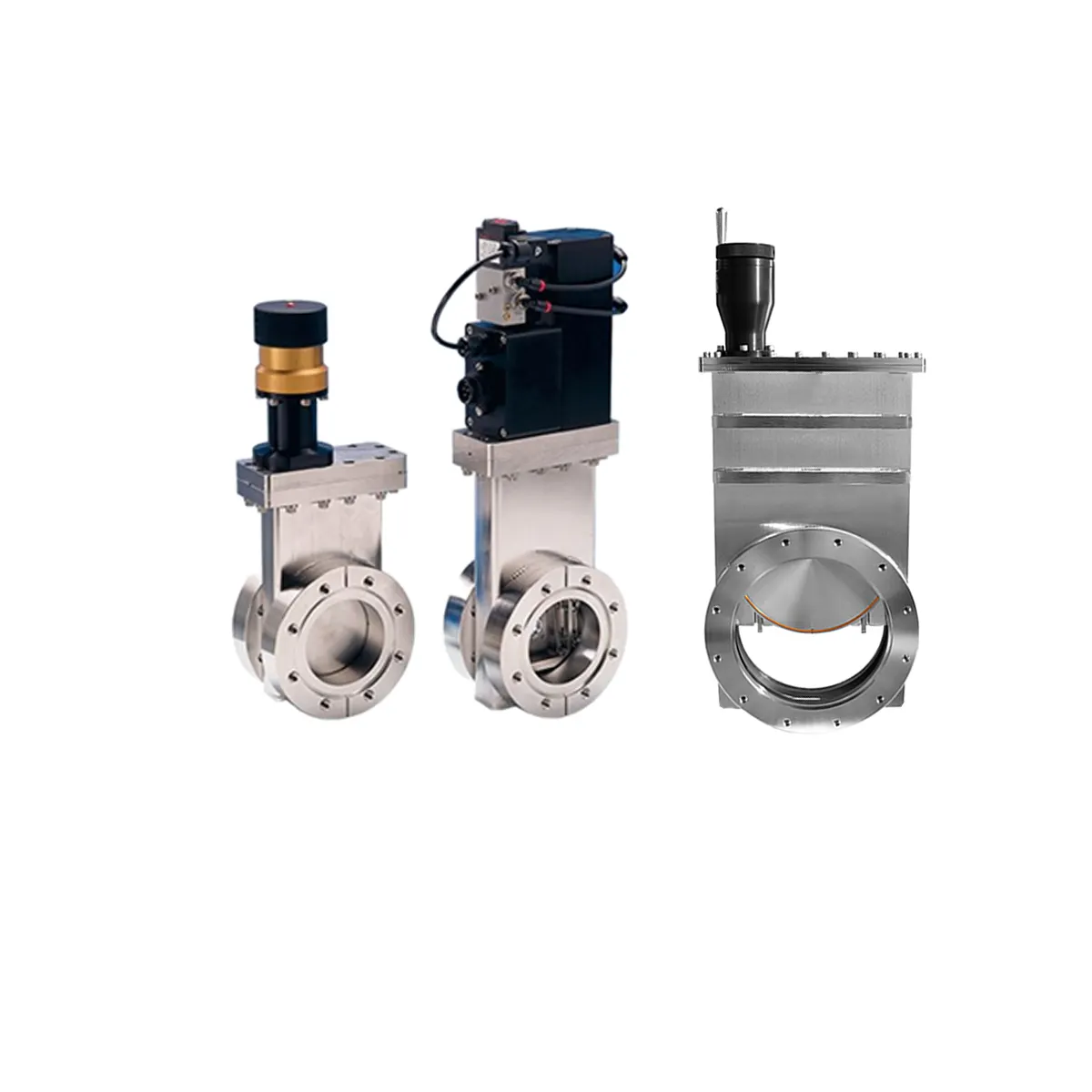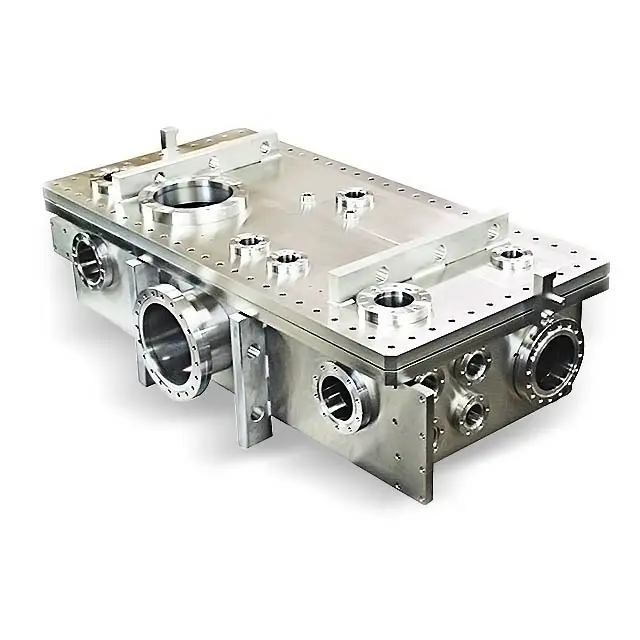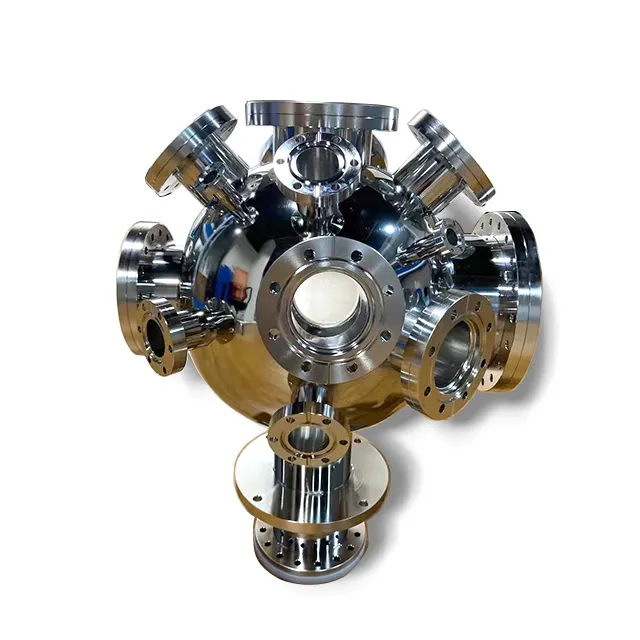thermal vacuum chamber testing
Thermal vacuum chamber testing represents a critical process in aerospace and electronics manufacturing, simulating the harsh conditions of space environments on Earth. This sophisticated testing methodology combines controlled temperature variations with vacuum conditions to evaluate the performance and reliability of components and systems. The chamber creates an environment where pressure can be reduced to near-vacuum levels while simultaneously subjecting test items to extreme temperature fluctuations, typically ranging from -180°C to +150°C. This dual-capability allows engineers to verify how materials and equipment will perform in space-like conditions. The testing process involves multiple cycles of heating and cooling under vacuum, enabling the identification of potential failure points, material degradation, and performance issues before deployment. Advanced monitoring systems within the chamber track various parameters including temperature distribution, outgassing rates, and structural integrity. The technology employs state-of-the-art thermal control systems, vacuum pumps, and specialized sensors to maintain precise environmental conditions throughout the testing period. Applications span across satellite components, spacecraft systems, electronic devices, and materials intended for space applications, making it an indispensable tool in space technology development and qualification testing.


